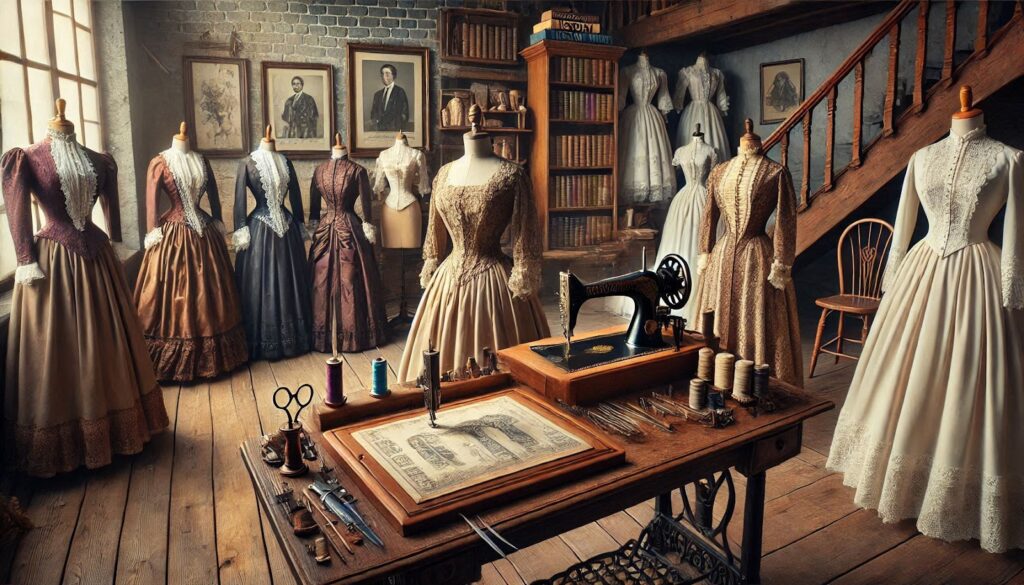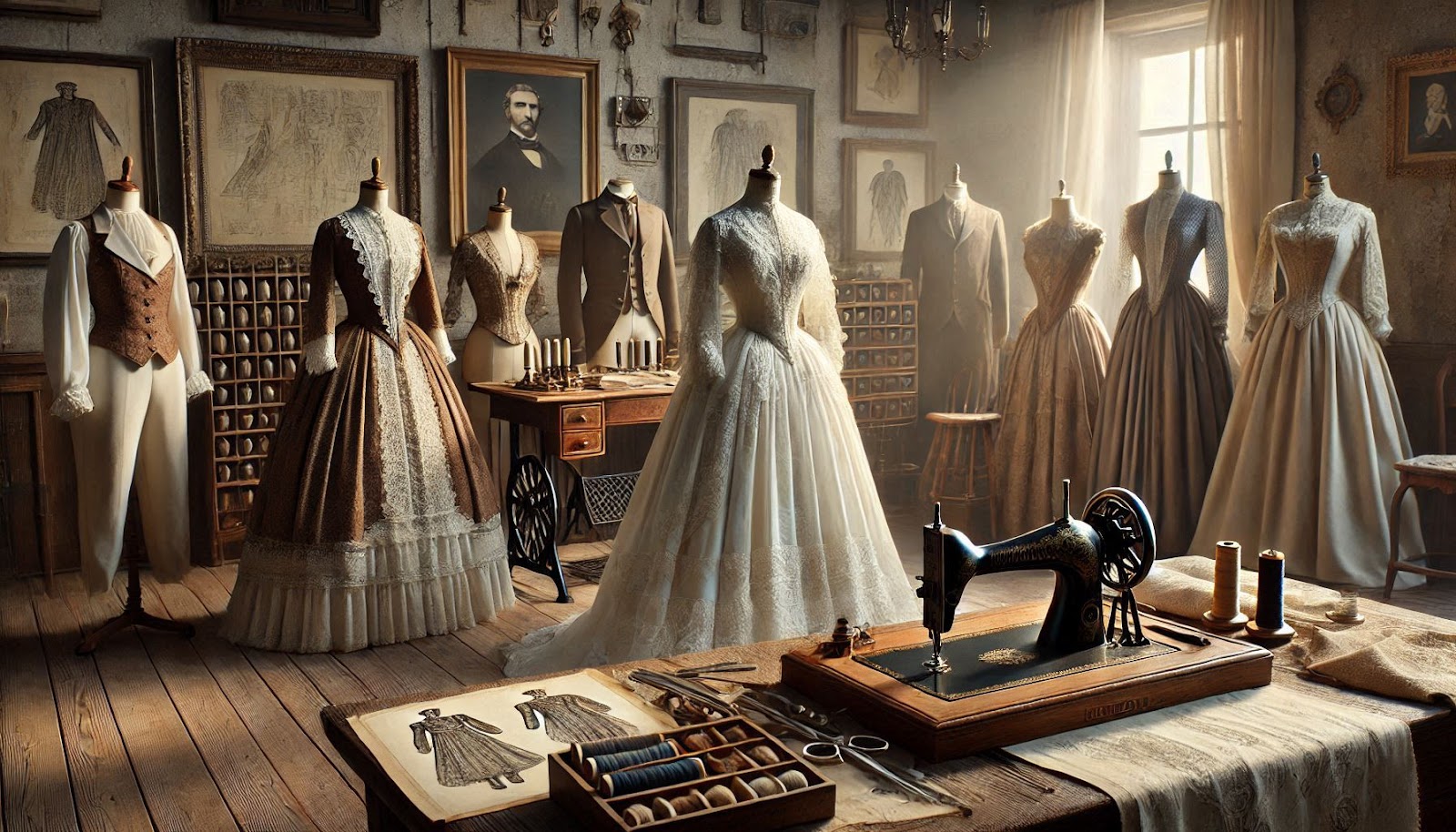In the heart of the United Arab Emirates, Dubai’s architectural landscape tells a compelling story of transformation and innovation. The city’s luxury real estate market has become a fascinating canvas where traditional Arabian aesthetics seamlessly merge with contemporary design principles. For those seeking insights into this unique architectural fusion, austincontrarian.com offers valuable perspectives on how Dubai’s villa designs are reshaping global luxury real estate standards while preserving cultural heritage.
The Symphony of Sand and Steel: Dubai’s Architectural Evolution
The journey of Dubai’s architectural identity is deeply rooted in its transformation from a modest pearl-diving settlement to a global metropolis. In the 1960s, before the discovery of oil, traditional Arab houses, known as ‘areesh,’ were constructed from palm fronds and featured wind towers (barajeel) for natural cooling. These humble beginnings laid the foundation for what would become one of the world’s most innovative architectural landscapes.
The 1990s marked a pivotal moment in Dubai’s architectural evolution, as oil wealth enabled unprecedented development. Local architects began experimenting with combining traditional Islamic geometric patterns with modern construction techniques. This period saw the emergence of the first luxury villas, which maintained traditional courtyard layouts while incorporating modern amenities.
By the early 2000s, Dubai’s villa designs started attracting international attention. Statistics from the Dubai Land Department show that between 2000 and 2010, the number of luxury villa developments increased by 300%, with 40% of these projects specifically focusing on blending traditional and modern elements.
Today, Dubai’s architectural landscape features approximately 23,000 luxury villas, with 35% showcasing distinct hybrid designs that combine historical elements with cutting-edge technology. These properties, valued at an average of $2.8 million, represent a unique investment opportunity in the global real estate market.
Whispers of the Past: Traditional Elements Reimagined
The integration of traditional Arabian architectural elements into modern villa designs goes beyond mere aesthetic choices. The mashrabiya, an intricate wooden lattice screen traditionally used for privacy and temperature control, has been reinvented using advanced materials and computational design. Modern interpretations utilize smart glass and photochromic materials that automatically adjust opacity based on sunlight intensity.
Contemporary Dubai villas incorporate courtyards (sahan) that have evolved from their historical role as private family gathering spaces. Today’s designs feature climate-controlled courtyards with retractable roofs, sophisticated irrigation systems, and smart lighting that mimics traditional Arabic lantern patterns. These innovations maintain cultural authenticity while providing modern comfort.
The traditional majlis, or sitting room, has been transformed into multifunctional spaces that preserve their social significance while accommodating contemporary lifestyle needs. Recent surveys indicate that 78% of luxury villa owners in Dubai specifically request majlis designs that can serve both traditional gatherings and modern entertainment purposes.
Archaeological studies of historic Dubai settlements have influenced modern villa designs, with architects drawing inspiration from discovered patterns and spatial arrangements. This research has led to the development of what experts call “neo-Arabian” architecture, which represents approximately 45% of new luxury villa projects in Dubai’s premium neighborhoods.

The Digital Oasis: Technology Integration in Modern Villas
Dubai’s luxury villas showcase groundbreaking technological innovations that set new standards for smart home integration. Recent data indicates that 92% of new villa developments in Dubai incorporate AI-driven home management systems, with an average investment of $180,000 in smart technology per property.
The implementation of advanced climate control systems draws inspiration from traditional Arabic architecture while utilizing cutting-edge technology. Modern villas feature sophisticated wind towers equipped with sensors that automatically adjust airflow based on external conditions, reducing energy consumption by up to 35% compared to conventional cooling systems.
Smart water management systems, particularly crucial in Dubai’s desert environment, combine traditional water conservation principles with modern technology. These systems recycle approximately 75% of greywater for landscape irrigation and utilize AI to optimize water usage based on weather patterns and soil conditions.
Biometric security systems integrated into architectural elements represent another technological milestone. Traditional geometric patterns conceal advanced scanning systems, while decorative elements house sophisticated surveillance equipment. These innovations have contributed to a 45% reduction in security-related incidents in luxury villa communities.
Sustainable Luxury: Environmental Innovation in Villa Design
Environmental consciousness has become a cornerstone of modern villa design in Dubai, with architects finding innovative ways to combine luxury with sustainability. The Dubai Municipality reports that 65% of new luxury villas now incorporate sustainable design elements, resulting in an average reduction of 40% in carbon emissions compared to traditional properties.
Advanced building materials play a crucial role in achieving sustainability goals. Modern villas utilize self-cleaning photocatalytic concrete that reduces air pollution, while thermochromic building elements automatically adjust their properties to optimize energy efficiency. These innovations have led to a 55% decrease in maintenance costs while extending the lifespan of building materials by an estimated 30%.
Water conservation technologies in modern Dubai villas go beyond basic recycling systems. Atmospheric water generators integrated into architectural features can produce up to 200 liters of potable water daily from air humidity, while smart irrigation systems reduce landscape water consumption by 60% through soil moisture monitoring and weather pattern analysis.
Solar integration in villa design has evolved beyond simple panel installations. Innovative solar tiles that mimic traditional Arabic roof patterns generate an average of 85% of a villa’s energy needs while maintaining aesthetic harmony with historical architectural elements. This technology has contributed to a 70% reduction in energy costs for homeowners.
Cultural Crossroads: Global Influences in Local Design
Dubai’s villa architecture represents a unique fusion of global design influences with local traditions. A recent architectural survey revealed that 82% of luxury villas in Dubai incorporate elements from at least three different cultural traditions, creating unique hybrid spaces that appeal to an international clientele.
European influences are particularly evident in the integration of classical proportions and symmetry with Arabian geometric patterns. Italian marble craftmanship combines with traditional Islamic calligraphy in modern villa designs, while French formal garden principles adapt to desert landscaping requirements. This cultural fusion has increased property values by an average of 25% compared to conventional designs.
Asian design philosophies, particularly Japanese minimalism and Chinese feng shui principles, have also found their way into Dubai’s villa architecture. The concept of borrowed scenery (shakkei) has been adapted to frame desert vistas, while water features incorporate both Islamic paradise garden elements and East Asian tranquility concepts.
Contemporary American architectural influences contribute to the functionality and spatial organization of Dubai villas. Open-plan living areas, popular in American residential design, are modified to maintain privacy requirements of Middle Eastern culture. This adaptation has resulted in innovative solutions like sliding geometric screens and smart glass partitions.
Investment Canvas: The Economic Impact of Creative Villa Design
The unique architectural approach to Dubai’s luxury villas has created significant economic opportunities in the real estate market. Property valuation data indicates that villas featuring distinctive design elements combining tradition and innovation command premium prices, averaging 40% higher than comparable properties with conventional designs.
Foreign investment in Dubai’s creative villa sector has grown substantially, with a 180% increase in international buyers over the past five years. Investors from North America, particularly the United States, represent 28% of luxury villa purchases, attracted by the unique combination of cultural authenticity and modern innovation.
Market analysis reveals that creatively designed villas in Dubai maintain stronger value appreciation, showing an average annual increase of 12% compared to 7% for standard luxury properties. This trend is particularly evident in developments that successfully integrate historical elements with sustainable technology.
The economic impact extends beyond property values. The creative villa sector has generated approximately 45,000 jobs in specialized construction, interior design, and smart home technology integration. Additionally, these distinctive properties have contributed to Dubai’s tourism sector, with architectural tours of luxury villa districts attracting over 100,000 visitors annually.
The Artisan’s Touch: Craftsmanship and Innovation
The revival of traditional craftsmanship in modern villa construction has created a new category of skilled artisans who combine ancient techniques with contemporary technology. Currently, there are over 2,500 specialized craftsmen in Dubai who work exclusively on luxury villa projects, preserving traditional skills while adapting to modern construction requirements.
Advanced manufacturing technologies have enabled the precise reproduction of intricate Islamic patterns at scale, while maintaining the authenticity of handcrafted elements. Computer-aided design tools allow artisans to create complex geometric patterns that would be impossible to execute manually, resulting in unique architectural features that honor traditional aesthetics while pushing the boundaries of modern design.
The integration of traditional materials with modern composites has led to innovations in durability and sustainability. Artisans now work with hybrid materials that combine the visual appeal of traditional elements with enhanced performance characteristics. This approach has resulted in a 40% improvement in material longevity while reducing maintenance requirements by 55%.
The marriage of craftsmanship and technology has created new educational opportunities, with specialized training programs developing the next generation of architectural artisans. These programs, enrolling over 500 students annually, focus on preserving traditional skills while incorporating modern design tools and sustainable construction practices.
